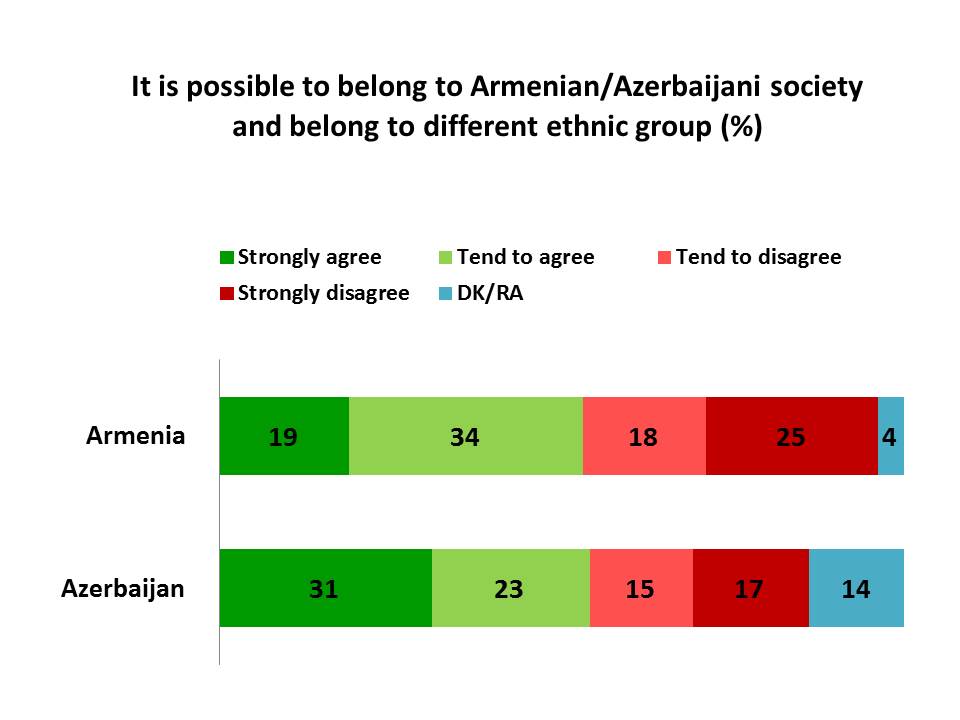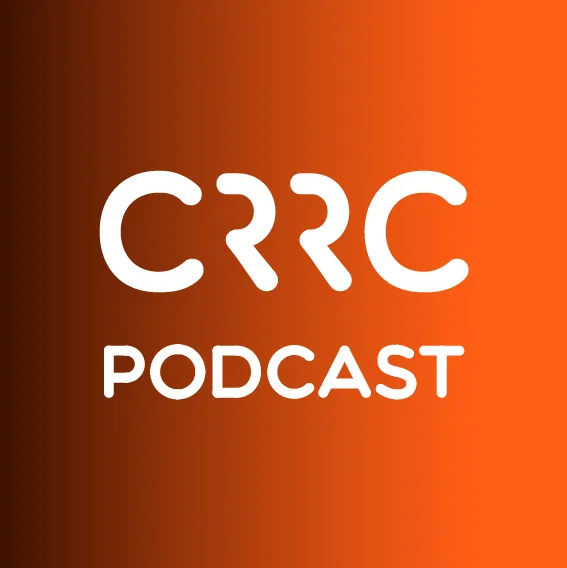With the recently concluded Olympics in Sochi and the controversies surrounding them, one might be interested in understanding how populations in the South Caucasus think about health and sport. What factors are related to perceptions of health in Armenia, Azerbaijan and Georgia? This blog explores perceptions of health, economic well-being, as well as whether a household limits its consumption of beef as one of many indicators related to a household’s economic situation.
South Caucasians who say they exercise for at least two hours a week are more likely to rate their health better than those who do not exercise at least two hours per week. The following graph depicts this trend in Armenia, Azerbaijan, and Georgia, and consistently shows that those who believe they are in good health are much more likely to say they exercise for at least two hours a week compared to those who report poor health.

Note: In this and following charts, the original five-point scale for the question, “Overall, how would you rate your health,” has been collapsed to a three-point scale by merging “very poor” and “poor”, and “very good” and “good.”
Additionally, people who consider their households to be on a higher economic rung in society tend to rate their health more positively. Respondents were asked to imagine there is a 10-step ladder reflecting the economic standing of all households in their country, such that the first rung corresponds to the lowest possible economic position in society, while the highest rung refers to the highest possible position. The following graph demonstrates this trend in the South Caucasus. In Georgia, where the trend is most pronounced, only 27% and 34% of families who report being on either the first or second rung report being in good health, whereas 91% and 59% of families who reported being on the fifth or fourth rung respectively, reported being in good health. This trend can be seen throughout the South Caucasus and suggests that the higher economic rung a family perceives itself to be on, the more likely they are to report good health.
Note: The first rung corresponds to the lowest possible economic position in society, while the highest rung refers to the highest possible economic position in society. Results were collapsed from an original 10-point scale.
Whether a family owns or consumes a number of consumer goods is a common indicator of well-being. The following graph looks at whether a household limits its consumption of beef and perceptions of health. As the graph indicates, families that are less likely to limit the amount of beef they eat are also more likely to report being in good health. Furthermore, the trend also largely holds for the consumption of many other foods and consumer products, as well as whether a family owns certain durable goods such as a personal computer.
This blog shows that health and perceptions of one’s household economic situation are related. Higher perceived economic status is related to more positive feelings about one’s health in the South Caucasus. What other factors might be at work when looking at how healthy one feels and how often one exercises? We encourage you to explore our data to find out more about health and exercise in the South Caucasus with our online data analysis tool here.








